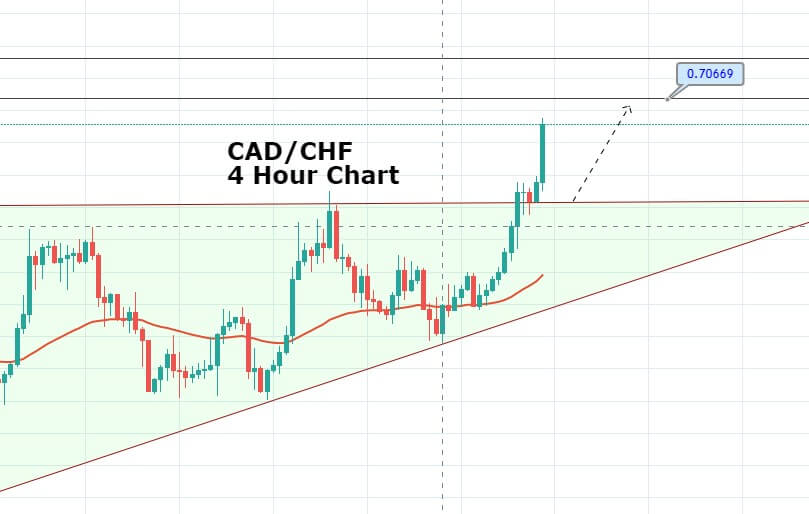NEWS COMMENTARY
It’s a busy day with two central banks meetings along with the US consumer price index
But as always, starting with the trade war the major issue that moves the markets, China accepted an invitation by the United States to hold a new round of trade talks, raising hopes for a deal easing the tariff war between the world’s two biggest economies.
Chinese Foreign Ministry spokesman Geng Shuang said earlier that Beijing had received the invitation and welcomed it, adding that the two countries were in discussion about the details.
The Trump administration had invited Chinese officials to restart trade negotiations
This comes after President Donald Trump warned last week that there could more trade tariffs against Beijing totaling $267 billion, on top the already $200 billion in tariffs previously announced.
US consumer price is expected to have risen 0.3% last month and 2.8% over the prior year, according to estimates.
The U.S. central bank is widely expected to raise interest rates at its September meeting, but odds for another move in December have decreased in recent days.
The European Central Bank is all but certain to keep interest rates at their current record low levels, making only nuanced changes to its guidance to stay on course to end bond purchases this year and raise interest rates next autumn.
With Thursday’s decision, the ECB’s deposit rate, currently its primary interest rate tool, will remain at -0.40% while the main refinancing rate, which determines the cost of credit in the economy, will remain at 0.0%.
The Bank of England is also expected to hold fire after raising interest rates last month. If all goes as expected, the British central bank will keep rates at 0.75%
Investors will look closely at the breakdown of votes on the nine-member Monetary Policy Committee for further indications on the timing of the next rate increase.
Comments regarding the ongoing Brexit negotiations will also be in focus.
Expectations of another BoE rate hike are only seen in the second half of next year, given Britain’s plans to leave the European Union in March.
Positive data came from the Australian employment change which hiked up to 44.0K higher than expected 16.5K
CHART ANALYSIS
DAX
On the daily chart, we can see that the price had a bearish rally for the past six weeks until it reached the key support zone of 11900.8-11742.4
It’s also the lower side of the descending channel along with 88.6% Fibonacci
The price is technically expected to have its way up back again to the key resistance level 12582.46 which is the top of descending channel and the broken ascending trend
OIL
On the daily chart, the price is moving sideways between the support area 66.2-64.15 and the resistance area 74.45-72.45
After breaking the ascending trend, the price turned back to this support zone with bounce from an ascending trend as shown
The price now is retesting this zone with price action “pin bar”, to have a bullish movement again
So, it’s expected to go up to the resistance zone of 72.45-74.45
NZDJPY
On the daily chart, the pair is facing a punch of support levels
Firstly the key support zone 72.65-72.35, secondly the down side of the descending channel, third the AB=CD harmonic pattern, forth the double bottom reversal pattern, and finally the divergence on RSI
So, the price is supposed to get back up again to the resistance 74.01
CADCHF
On the daily chart, the pair is facing a punch of support levels
Firstly the key support level of 0.732, secondly the ascending trend from the low of 2016, third the Gartley harmonic pattern, forth the wedge reversal pattern, and finally the oversold on RSI
So, the price is supposed to get back up again to the resistance 0.762






